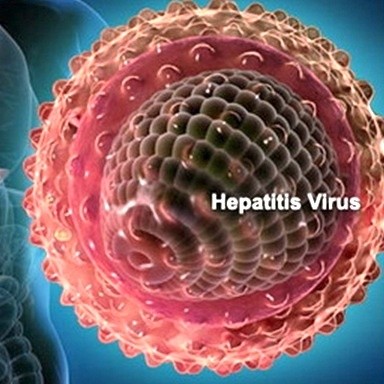Ebola Concerns: Central MA Nurses Demand Higher Standards
Tuesday, October 14, 2014
Nicholas Handy, GoLocalWorcester Contributor
 In the wake of news that a Dallas nurse has tested positive for Ebola and that there is a potential Ebola case in a Boston hospital, nurses throughout Massachusetts are demanding better safety protocol in dealing with potential Ebola cases.
In the wake of news that a Dallas nurse has tested positive for Ebola and that there is a potential Ebola case in a Boston hospital, nurses throughout Massachusetts are demanding better safety protocol in dealing with potential Ebola cases.
While the CDC has set forth guidelines for dealing with potential Ebola cases, hospitals are ultimately allowed to set the final procedures. While some hospitals are doing a good job in training and preparing those on the frontlines for Ebola, others are failing.
“I’ve spoken to a nurse at UMass Memorial and she said that some nurses had to do a few things online but there was real drilling,” said David Schildmeier, Director of Public Communications at the Massachusetts Nurses Association. “There is no access to hazmat suits and the is no universal protocol in terms of dealing with a potential Ebola case.”
While there has yet to be a confirmed Ebola case in Massachusetts, there have been a few scares, including when Dr. Rick Sacra – a Central Massachusetts doctor who contracted Ebola in Liberia – was brought to a Worcester hospital recently for evaluation after a successful treatment for Ebola in a Nebraska hospital.
Nursing Concerns
Nurses are becoming increasingly concerned because of the lack of protection and education hospitals are offering when dealing with potential Ebola cases.
The Massachusetts Nurses Association and their national organization – National Nurses United – are calling for hazmat suits for all frontline workers when dealing with potential Ebola threats. Additionally, these organizations are calling for increased training and education in order to ensure that nurses are properly prepared to deal with an Ebola patient if and when the time comes.
 “We want our nurses to be overprotected,” said Schildmeier. “Many hospitals are expecting nurses and other front line workers to care for someone who is actively ill with general or lesser protection. We also need more than a handout or a few computer classes; hospitals need to be spending more time to drill and educate their nurses properly.”
“We want our nurses to be overprotected,” said Schildmeier. “Many hospitals are expecting nurses and other front line workers to care for someone who is actively ill with general or lesser protection. We also need more than a handout or a few computer classes; hospitals need to be spending more time to drill and educate their nurses properly.”
Nationwide Trend
While Massachusetts nurses and the organizations that support them are calling out for greater standards when dealing with Ebola, nurses throughout the country are standing by their side.
According to a survey of over 2,000 nurses spread throughout 750 facilities in 46 states conducted by National Nurses United, 76-percent of nurses say that their hospital has not communicated any policy in regards to Ebola. Additionally, 85-percent of nurses say that their hospital has not educated them about Ebola with the ability for nurses to ask questions and 37-percent of nurses say that their hospital has insufficient amounts of eye protection and 36-percent say there is not enough gowns for daily use.
“There is no standard short of optimal in protective equipment and hands-on-training that is acceptable,” said RoseAnn DeMoro, Executive Director of National Nurses United, the largest U.S. organization of nurses. “Nurses and other frontline hospital personnel must have the highest level of protective equipment, such as the Hazmat suits Emery University or the CDC themselves use while transporting patients and hands on training and drills for all RNs and other hospital personnel, that includes the practice putting on and taking off the optimal equipment.”










 Delivered Free Every
Delivered Free Every
